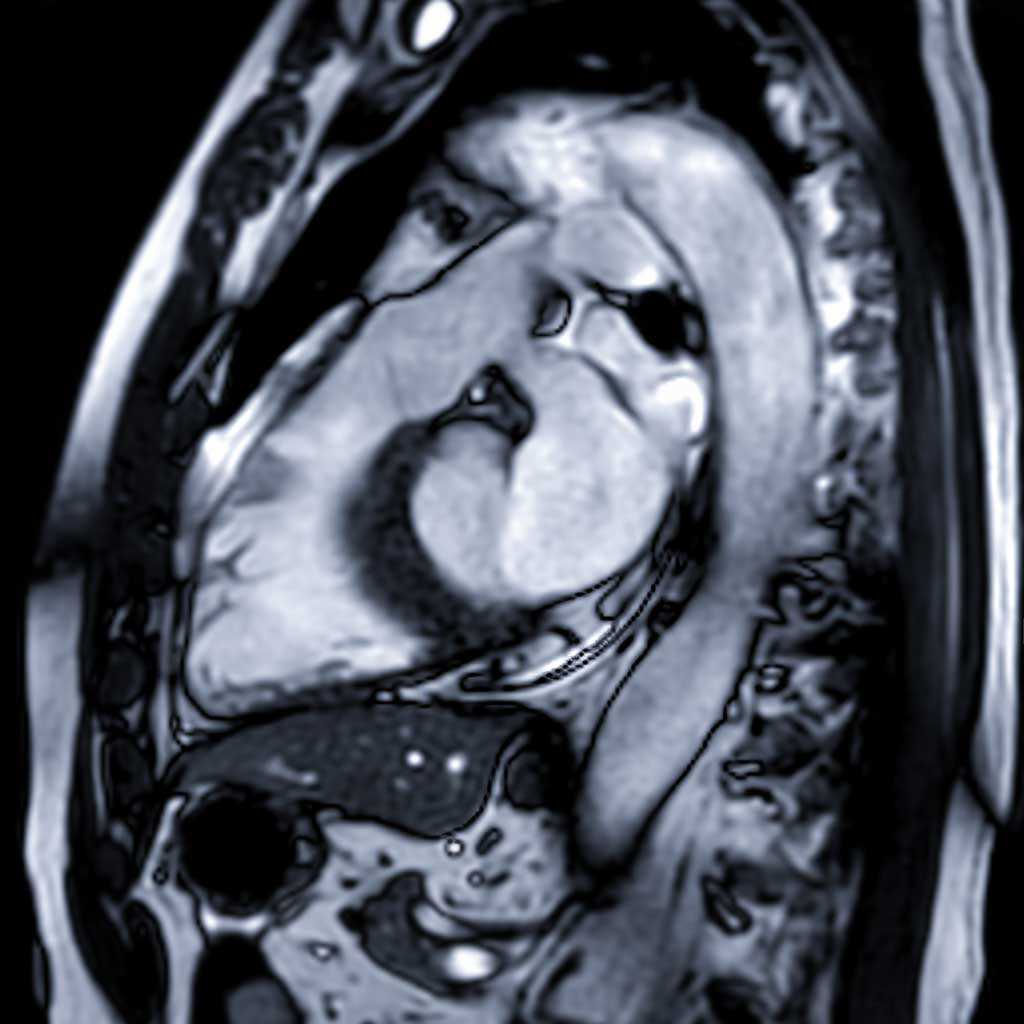What is an MRI?
Magnetic Resonance Imaging, or MRI, is a diagnostic imaging test that uses magnetic fields and radio waves to generate images of the inside of the body. It can be used for virtually all parts of the body, including the specific area troubling you.
The length of your exam depends on the type of study ordered by your doctor. Most require less than an hour. Some MRI exams require an intravenous injection of dye. The dye has a very low risk of side effects and is used to better visualize your particular anatomy when diagnosing certain health conditions.
MRI relies on a very strong magnetic field to generate images of your body, so you must wear clothing without zippers or metal of any kind. In addition, certain conditions may prevent you from having an MRI, like if you have an implant made from metal or if you have tattoos that were created with metallic ink.
MRI is most often used to diagnose or monitor diseases and conditions that affect the brain, spinal cord and musculoskeletal system, as well a soft tissues like organs within the abdomen, the heart and blood vessels.
How does magnetic resonance imaging work?
About 70% of the human body is made of water. That water is distributed throughout the body in different ways.
Water is made up of hydrogen and oxygen atoms. You may remember from science class that the nucleus of an atom is made up of protons and neutrons… and protons have a positive electrical charge. The MRI machine produces a very powerful magnetic field that affects these protons.
During the examination, radio waves are applied for short periods of time, which cause the protons to move in a different direction before returning to their original position. This sudden shift causes the atoms in the body to make “signals” which the MRI machine is capable of seeing. A computer and special software are used to translate these signals into detailed images of anatomy.
An MRI machine requires the rapid switching of electrical currents through coils, which causes them to vibrate and produce a loud “knocking” sound. Because of this, patients are offered earphones to listen to the music of their choice when undergoing an MRI examination.
While older MRI machines were narrower and more confining for the patient, newer generations of MRI systems are more open in design and have greatly reduced patient anxiety or claustrophobia.
